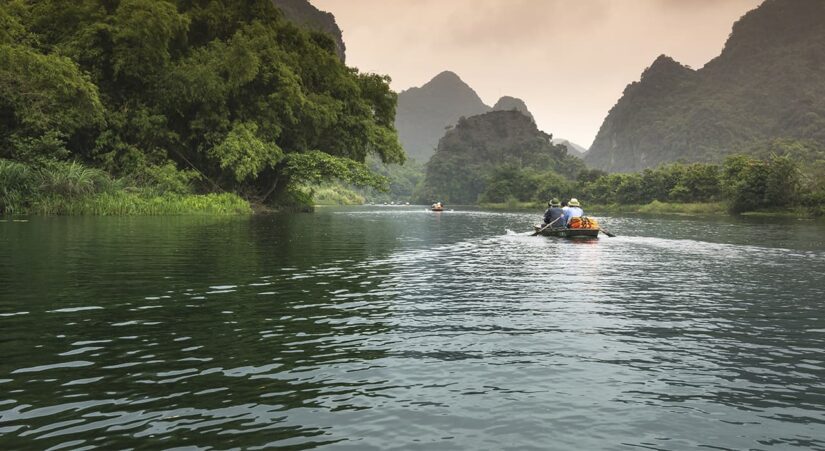Wildlife tourism
Wildlife tourism is an element of the travel industry of many countries centered around observing and interacting with local animal and plant life in their natural habitats. While this may include environmentally and animal-friendly tourism, safari hunting and similar high-intervention activities also fall under the domain of wildlife tourism. Wildlife in its simplest sense interacts with wild animals in their natural habitat, either actively (e.g., hunting/gathering) or passively (e.g., viewing/photographing). Wilderness tourism is an important part of the tourism industry in many countries, including many countries in Africa and South America, Australia, India, Canada, Indonesia, Bangladesh, Malaysia, Sri Lanka, and the Maldives among many. It has experienced dramatic and rapid growth in recent years, and many elements are closely related to ecotourism and sustainable tourism.
As a multi-million dollar international industry, wildlife tourism is often characterized by offering customized travel packages and safaris to provide close access to wildlife.
Wilderness tourism mainly encompasses non-targeted interactions with wildlife, such as observing and photographing animals in their natural habitats. It also includes viewing and interacting with captive animals in zoos or wildlife parks, as well as opportunities for horseback riding (such as elephant rides) and frequent activities such as fishing and hunting, which generally do not fall under the definition of ecotourism and can harm animal welfare. It has the recreational aspects of adventure travel and usually supports the values of ecotourism and conservation programs.
Wilderness tourism can cause significant disturbance to animals in their natural habitat. Even among the types of tourism that have minimal direct contact with wildlife, the growing interest in travel to developing countries has caused a boom in the construction of resorts and hotels, especially in rainforest and mangrove forest lands. Watching wildlife can deter animals, destroy their feeding and nesting sites, or acclimatize them to human presence. In Kenya, for example, the destruction of wildlife-watching causes cheetahs to leave their reserves, increasing the risk of inbreeding and further endangering the species.
The impact that wildlife tourism will have on wildlife depends on the extent of tourism development and wildlife behavior and resilience to human presence. When tourist activity occurs during sensitive periods of the life cycle (e.g., during nesting season), and when they are associated with close approaches to wildlife for identification or photography purposes, the potential for disturbance is high. Not all species seem to be concerned about tourists, even in heavily visited areas.
The pressure of tourists seeking out wildlife for photography or hunting can adversely affect hunting and foraging patterns, as well as the breeding success of some species. Some may even have long-term effects on behavioral and ecological relationships. For example, increased boat traffic has disrupted feeding patterns of giant otters in Manu National Park, Peru. Further wildlife disturbance occurs when tourist guides dig up turtle nests and harass floating jaguars, tapirs and otters to give customers a better view. On the shores of Lake Kariba in Zimbabwe, the number of tourist boats and the noise created have disrupted the feeding and drinking patterns of elephants and black rhinoceros – fearing that further increases in boat traffic will affect their reproductive success.
Artificial feeding of tourists by wildlife can have serious consequences for patterns of social behavior. Artificial feeding of tourists has caused the destruction of the territorial breeding system of land iguanas in South Plaza in the Galapagos Islands. Territories were abandoned in favor of places where food could be asked for by tourists, and this had a negative effect on iguana breeding success. Artificial feeding can also lead to a complete loss of normal feeding behavior. In the Galapagos Islands, overfeeding by tourists was so extreme that when they stopped, some animals were unable to find their natural food sources. Similarly, until the early 1970s, the diet of some grizzly bears in Yellowstone National Park consisted largely of food scraps left by visitors at park burial grounds. When these sites were closed, the bears showed significant reductions in body size, reproductive rate, and litter size.
